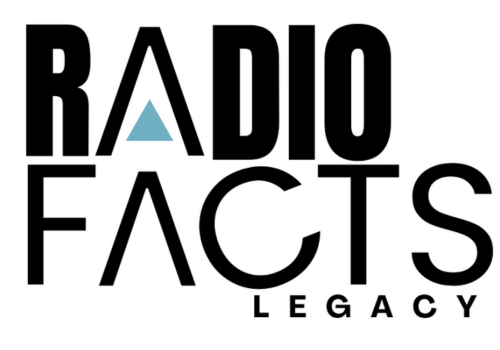Beautiful Northern Lights could be seen across upper U.S. regions on Thursday morning following a solar eruption that caused a strong geomagnetic storm.
In states such as North and South Dakota, Montana, and Washington, the well-known auroras, or shimmering lights, were photographed.
According to a Newsweek report, “Space weather experts had predicted increased auroral activity earlier this week after solar flares and accompanying coronal mass ejections (CMEs)—vast clouds of plasma—were ejected from the sun towards our planet.”
On Tuesday, a G3 “strong” geomagnetic storm alert was issued by the U.S. National Oceanic and Atmospheric Administration’s Space Weather Prediction Center (SWPC). According to Newsweek, the intensity of the geomatic storms on a scale of 1 to 5, with five being the most extreme, is the G-scale. A G3 rating is at the center of the G-scale.
The storm might cause instability in power system voltages, increase the amount of atmospheric drag on low-Earth-orbit satellites, and cause some GPS navigation problems, noted the SWPC. However, the effects on electronics from G3-level geomagnetic storms “generally remain small,” it is said.
It remained unclear on Thursday morning as of around 6:45 a.m. ET, if any electrical issues were a problem. Up to that point, SWPC data showed the storm had reached a maximum of G1.
Still, the breathtaking lights were strong enough to cause some spectacular sights for those who enjoy watching the sky. in the early hours of Thursday morning, resident Kylan Jensen stayed up and took photos of the Northern Lights.
“I’d say I probably see them a few times a year,” said Jensen, who observed Thursday morning’s lights after hearing about them from a local weather station.
“They were beautiful. I’ve never seen them reach so high in the sky before! Usually, you see them across the horizon, but these went way farther than I expected! Totally worth losing sleep over!”
Around 9:50 p.m. MST on Wednesday, Jensen first noticed the lights. The following night, the lights were still going at 4 a.m. but not as bright.
Atmospheric and environmental science researcher Lexy Elizalde posted an image to Twitter taken in South Dakota.
I literally can’t believe this happened tonight. 8 meteorology students, 3 mechanical engineering students, 2 journalists, and 1 meteorologist all watching the northern lights together. This went way better than imagined. So, so happy. #sdwx #Aurora @sdsmt #NorthernLights pic.twitter.com/2SKkEhyqKu
— Lexy Elizalde (@JadeoradeWx) March 31, 2022
“I literally can’t believe this happened tonight,” Elizalde tweeted. “Eight meteorology students, three mechanical engineering students, two journalists, and one meteorologist all watching the northern lights together. This went way better than imagined. So, so happy.”
Other sky watchers posted images of the shimmering lights.
It's pretty rare to see the Northern Lights on Puget Sound, but when you do, they are spectacular. pic.twitter.com/Pk7pcSRxcX
— Jeffrey Zenk (@chinookcnsltng) March 31, 2022
G1 storm Waterville, WA #AuroraBorealis @TweetAurora @TamithaSkov #wawx pic.twitter.com/6FCvqWFt3v
— Jeff Knesebeck ☀️ ? ? (@JeffreyK_WA) March 31, 2022







